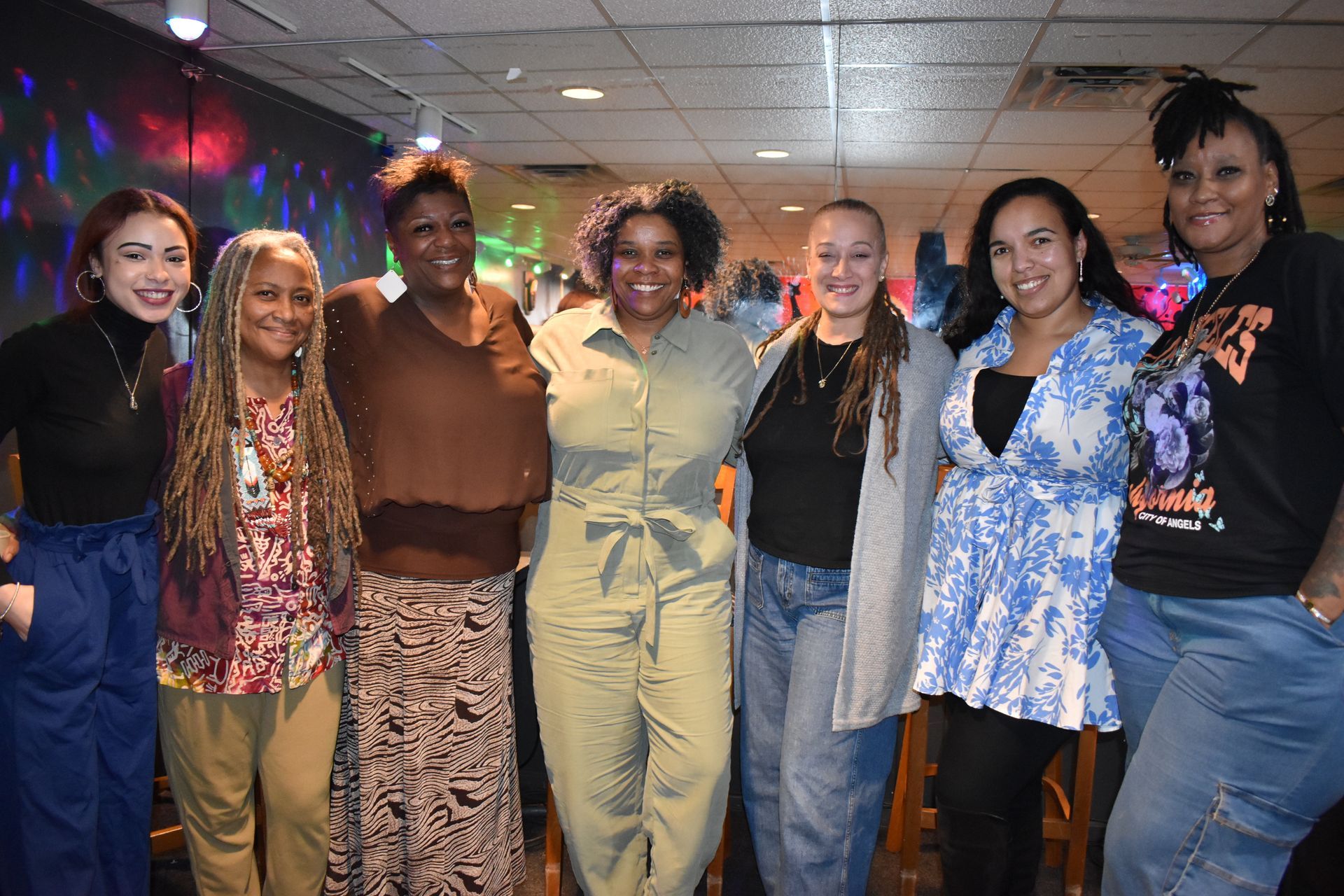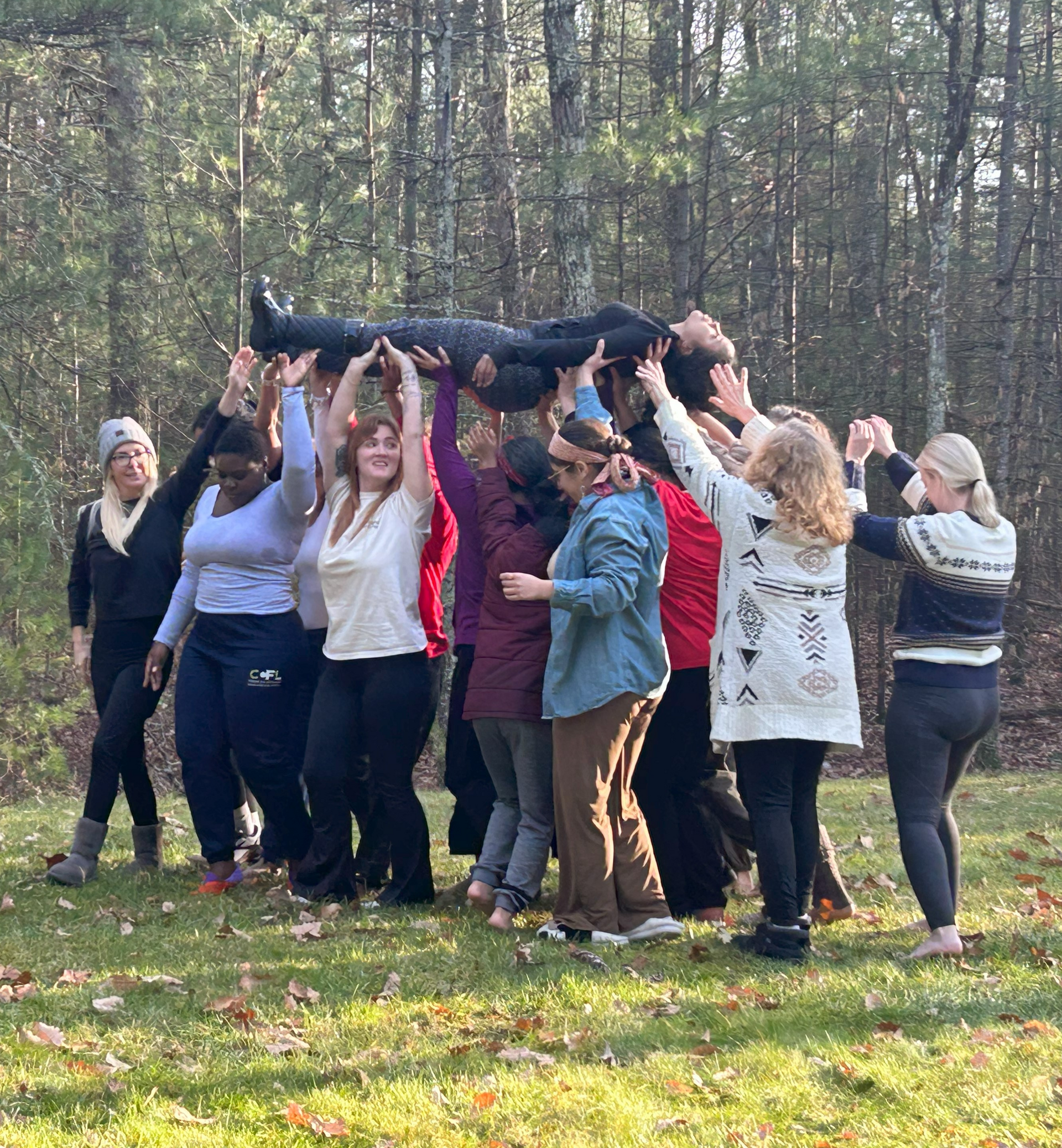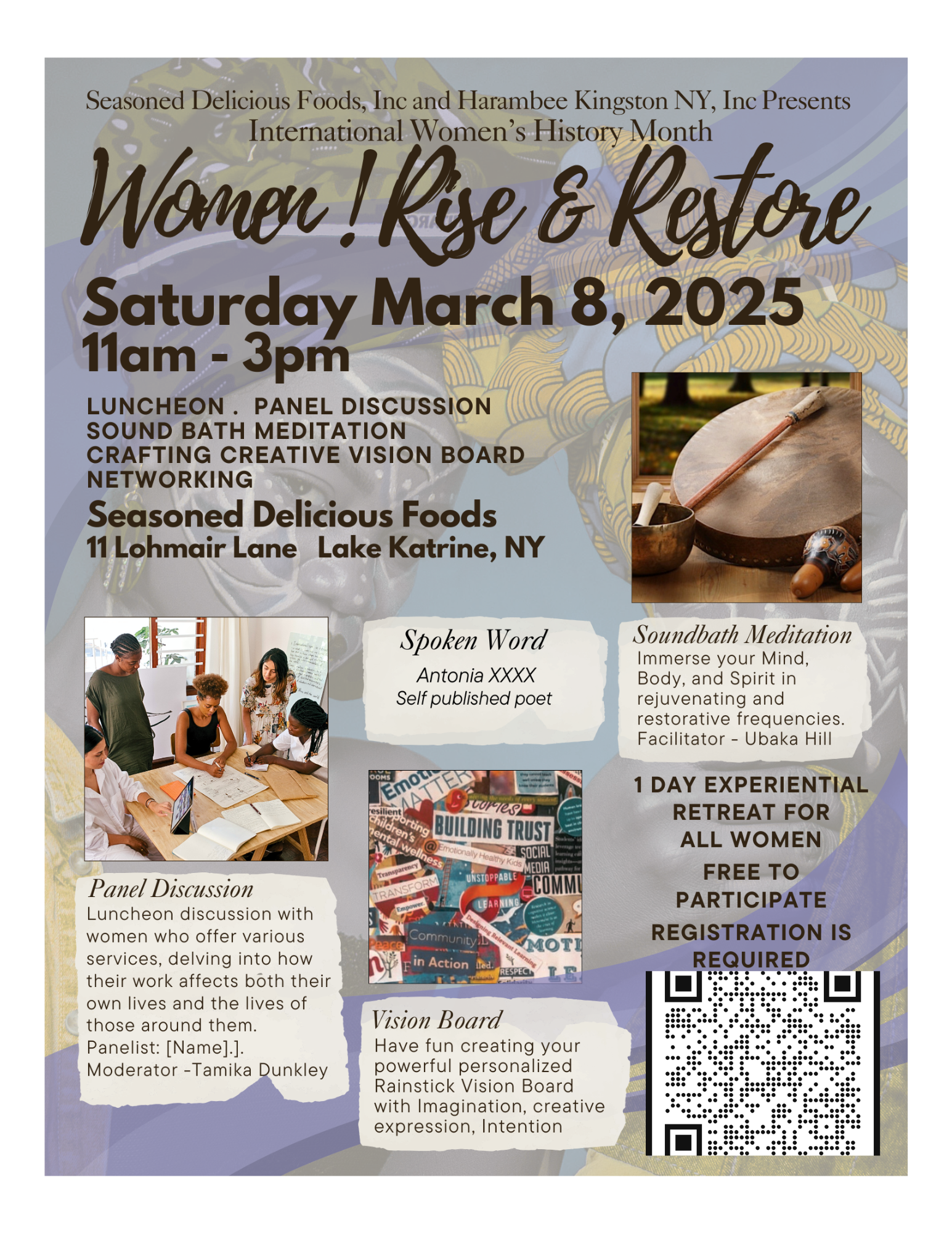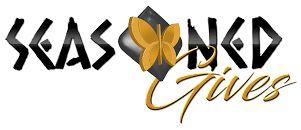Circulation of Our Dollar
Circulation of Our Dollar - 2/10
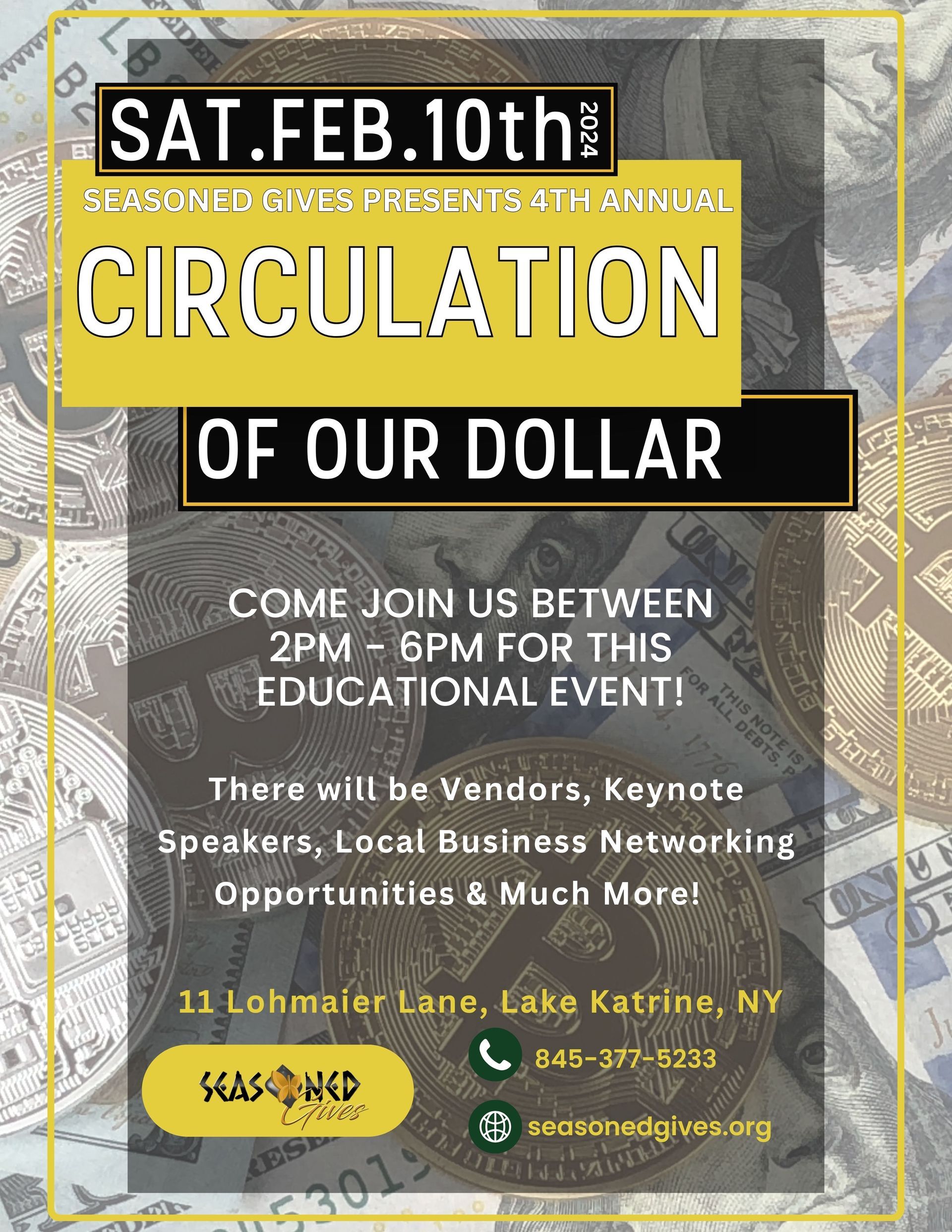
Seasoned Gives Circulation of Our Dollar initiative examines the circulation of money within historically disempowered Black communities and the potential widespread impact that regenerative versus extractive economics could have within Black communities. This initiative measures how long the Black dollar circulates within their community. The length a dollar remains within a specific community is a key indicator of the economic health of a community and understanding the impact that intentional spending and support can have on a communities livelihood is a key component to shifting the economic destitution in low income households. Currently, the disparity is deeply rooted and vast.
A dollar circulates:
28 days in the Asian community
19 days in the Jewish community
17 days in the White community
6 hours in the Black community
Why this matters:
Economic security is the cornerstone of safe and equitable communities. Due to long standing socioeconomic racism, Black communities face inhibiting economic barriers. Trillions of dollars a year are invested into correctional institutions’ programming and services intended to end recidivism and to provide peripheral support for underserved communities, which more times than not are predominately communities of color. Many of these solutions are only Band-Aids on bullet holes. In cities where there is poverty and economic injustice, crime rates directly correspond with the widespread poverty black people experience. Studies show that education leads to significantly increased chances of obtaining economic sustainability which drastically reduces recidivism rates. Understanding the impact that intentional spending and support can have on a community's livelihood is a key component to shifting towards a just and equitable economic landscape for Black Americans.
The Black spending dollar in America is over 1.8 trillion dollars annually, yet much of that money is not spent in ways that build financial security. According to Pew Research, roughly a quarter of all Hispanic and Black households in 2009 had no assets other than a vehicle, compared with just 6 percent of white households. These percentages have changed little from 2005. Despite the financial gap, Black people as a group spend 30 percent more of their total income — even though the population makes $20,000 less than the average household (blackdemographics.com). Annually, 87 percent of retail spending consists of Black consumers. But where does their money go? Given the short lifespan of the Black dollar within Black communities, money that could be spent reinvesting in the community quickly funnels out to profit white, corporate America divesting Black communities.
“The 40 million melanated Americans spend $1.1 trillion a year. If we spent ⅓ of this with each other, we’d all be millionaires in 2 years. - Dr. Claude Anderson”
Our Work
Seasoned Gives takes a holistic approach to supporting reparations surrounding the Black economy. A critical piece to supporting a healthy Black economy is creating pathways for entrepreneurship which has the twofold effect of providing economic stability to the entrepreneur and opportunities for the Black community to fortify the Black Economy by, simply put, buying Black. Although Blacks make up 13-percent of the U.S. population, just seven-percent (7%) of small businesses are owned by Blacks. Access to capital, clientele, and other resources hinder many Black people from starting business, despite a long history of entrepreneurship.
The first steps to building power and liberating the Black economy is education. Circulation of Our Dollar directly addresses the misappropriation of Black money and empowers participants, the vast majority of which are those most impacted by the issue, to be activist spenders to correct the historic dismantling of the Black economy and provide pathways for ownership and equity. Circulation of Our Dollar empowers the local community to gain control over the four pillars of sustainability: gain control over their food, education, healthcare and access to real estate assets which has a direct correlation to both economic stability and decreased crime and recidivism rates. Interwoven into raising awareness and education surrounding the history and current state of the Black economy, Circulation of Our Dollar also provides financial literacy skills for both adults and youth. Essential to this work is representation. In the field of education, often the oppressor is the person who is the educator which leads to misinformation occurring on a cultural level. It is essential that this power imbalance is corrected and to that end, Seasoned Gives’ educators are by and large BIPOC and model self love, acceptance and economic justice which is essential to truly healing the systemic and pervasive Black trauma.
"We can’t treat the matter of Black economic empowerment as just the redistribution of existing wealth. It really has to focus on new investment, on growth, on development of employment, and so on and so on. - Thabo Mbeki"

